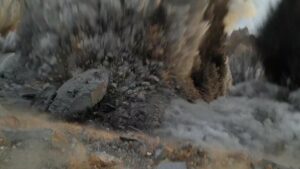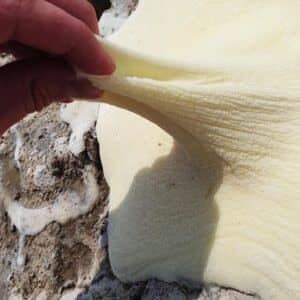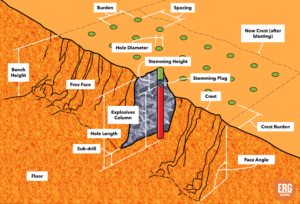
Understanding and Minimizing the Risks of Flyrock in Mine and Quarry Blasting
This article delves into the causes, effects, and mitigation measures related to flyrock incidents. It emphasises the importance of understanding mechanisms like face bursting, cratering,




